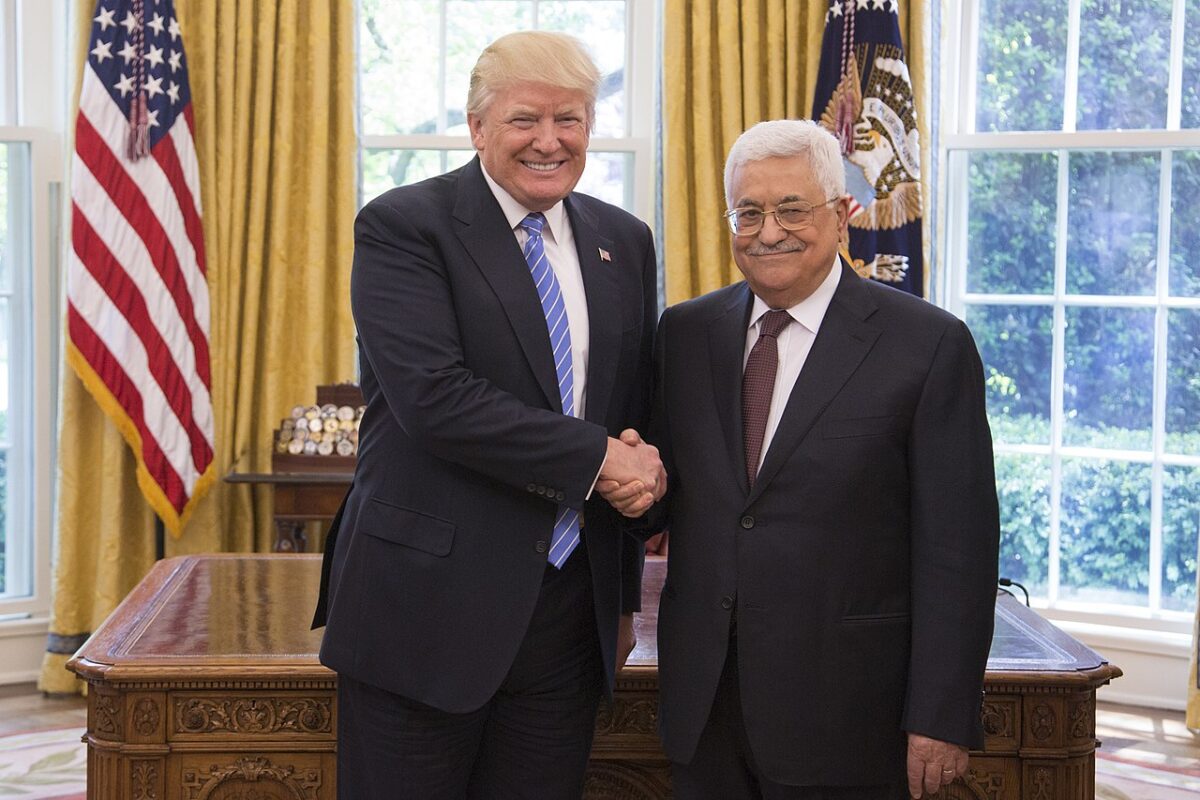When Donald Trump assumed the American presidency on January 20, 2017, he declared, “I would love to be the one who made peace with Israel and the Palestinians. That would be such a great achievement.”
Nearly four years on, with the presidential election less than a week away, Trump has yet to implement his fondly-held wish. Trump belatedly unveiled his Israel-Palestinian peace plan last January, but the Palestinians roundly rejected it as a one-sided document favoring Israel. Since then, the United States and the Palestinian Authority have not been on speaking terms.
Trump’s foray into the treacherous shoals of Mideast peacemaking is the subject of Neville Teller’s informative book, Trump and the Holy Land: 2016-2020 (Matador), which was published shortly before the United Arab Emirates, Bahrain and Sudan agreed to normalize relations with Israel.
Teller’s narrative ends on January 28, 2020 as Trump formally presents his long-delayed peace proposal, which Israel’s prime minister, Benjamin Netanyahu, accepted without reservations.
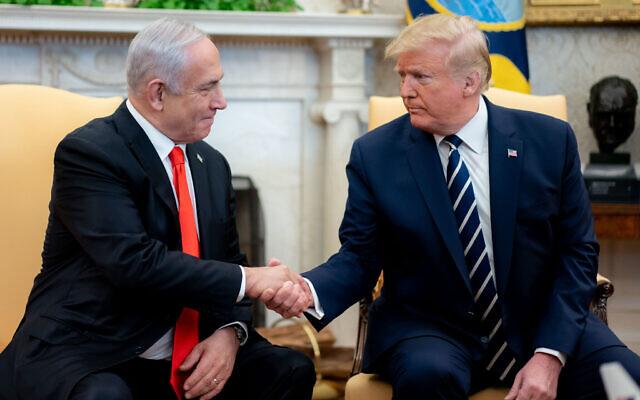
Teller, a British observer of Middle Eastern politics, was prescient enough to realize that Trump’s plan was dead on arrival. As he put it, “I am not optimistic that (it) will prosper … Palestinian opinion is dead set against it, and it takes two to tango.” He added, “The prospect of the Trump plan being the basis for an eventual accord between Israel and the Palestinians seems remote.”
Not knowing that Netanyahu would suspend his scheme to annex the Jordan Valley and Israel’s settlements in the West Bank, Teller wrote, “I have little doubt that the green light for Israel to proceed with absorbing the settlements and the Jordan Valley into Israel proper, as set out in the (Trump) plan, will indeed go ahead …”
Despite having jumped to an erroneous conclusion, Teller is a keen observer of the Middle East. His comprehensive blow-by-blow account of the Trump administration’s effort to resolve Israel’s protracted conflict with the Palestinians is the first book-length work of its kind.
He provides readers with a sweeping view of the diplomacy that culminated with the Trump peace plan, but he is not reluctant to insert personal opinions into his analysis. Teller believes that the West Bank does not necessarily belong to the Palestinians, and he seems skeptical of a two-state solution.
In charting his engagement in the Middle East, Teller points out that the possibility of brokering a peace agreement between Israel and the Palestinians captivated Trump, a real estate tycoon skilled in the art of wheeling and dealing.
On the campaign trial in 2016, he spelled out the challenge. “That’s probably the toughest deal in the world right now to make,” he said. “I will give it one hell of a shot. I would say if you can do that deal, you can do any deal.”
Trump was convinced that peace would be beneficial to both sides, ushering in an era of widespread economic cooperation and industrial, technological and commercial development.
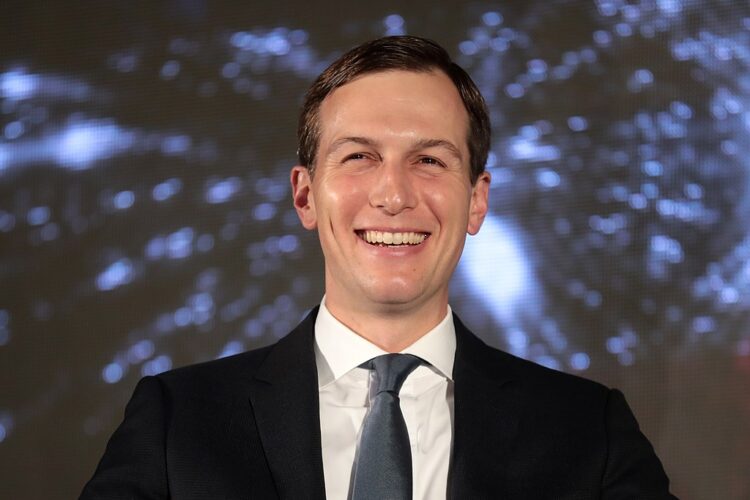
As time went on, Trump delegated this onerous task to his Jewish son-in-law, Jared Kushner, whom he would appoint as his senior advisor. Within five weeks of taking office, Trump invited Netanyahu, a conservative like himself, to the White House.
Trump and Netanyahu believed that an Israel-Palestinian peace accord would require a “regional umbrella,” or the prior approval of Arab states such as Egypt, Jordan and Saudi Arabia. Trump was convinced that Israeli and Arab interests coincided inasmuch as both sides sought to thwart Iran’s attempts to dominate the region.
Arab leaders told Trump that their willingness to negotiate with Israel was dependent on a successful resolution of the Palestinian problem. Netanyahu countered by claiming that a rapprochement between Israel and the Arab world could facilitate peace with the Palestinians.
Several months after Netanyahu’s appearance in Washington, Mahmoud Abbas, the president of the Palestinian Authority, visited the White House. He and Trump vowed to work together to deliver a peace agreement that would bring stability to the Middle East. “We will get it done,” boasted Trump. “We will be working so hard to get it done. It’s been a long time. But we will be working diligently.” To which Abbas cautiously replied, “I very much look forward to working with you in order to come to that historical deal …”
Teller argues that Trump’s quest was doomed from the outset, claiming that the Palestinians do not really support a two-state solution because they refuse to accept Israel’s legitimacy.
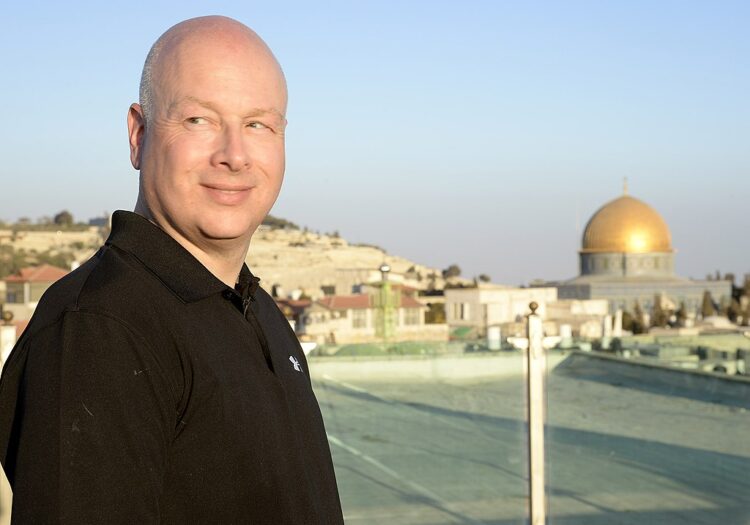
Kushner and the U.S. envoy to Middle East, Jason Greenblatt, laid the groundwork for Trump’s “deal of the century” in the summer of 2017. Greenblatt declined to go into details, but said that a lasting peace agreement between Israel and the Palestinians was one of Trump’s top priorities.
Teller suggests that the Trump administration was cool toward a two-state solution, fearing that the Palestinian Authority in the West Bank would be overthrown by Hamas.
From the outset, the Trump administration displayed a marked partiality toward Israel that angered the Palestinians. Trump recognized Jerusalem as Israel’s capital without spelling out whether his recognition included East Jerusalem, and then he moved the U.S. embassy from Tel Aviv to Jerusalem. As well, Trump recognized Israel’s sovereignty over the Golan Heights and decreed that Jewish settlements in the occupied territories are not illegal.
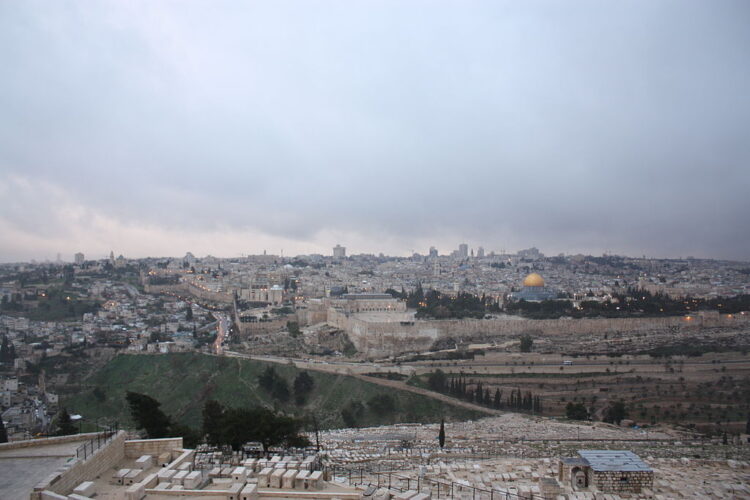
These unilateral decisions so enraged the Palestinians that they severed contact with the United States.
The rollout of Trump’s plan, Peace to Prosperity, was repeatedly postponed, and Teller cites reasons for the delays. However, its economic dimension, calling for $50 billion in new investments in Palestinian autonomous areas, was released in 2019. Greenblatt was upbeat concerning its potential. As he said, “It has the ability to fundamentally transform the West Bank and Gaza, and to open a new chapter in Palestinian history.”
The Palestinian Authority leadership boycotted the workshop in Bahrain to discuss it, and Abbas said “there can be no economic solution before a political solution.”
Apart from the Arab-Israeli conflict, Trump focused his energies in the Middle East on Iran. Trump pulled out of the 2015 Iran nuclear deal on May 9, 2018. Netanyahu was pleased, having consistently denounced it.
A day later, Iranian forces in Syria fired some 20 missiles at Israeli military sites on the Golan Heights. On May 11, Israeli aircraft bombed 70 Iranian installations in Syria, in accordance with its policy of degrading Iran’s military infrastructure there.
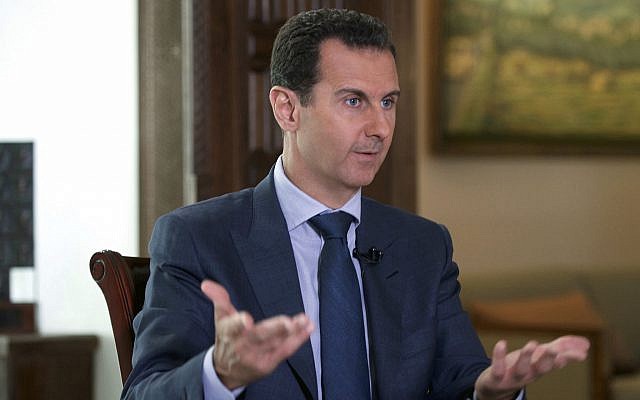
Teller enhances his narrative by weaving Trump’s peace plan into the fabric of Iran’s maneuvers in the Middle East, Russia’s attempt to reestablish itself as a great power in the region, President Bahar al-Assad’s struggle to win the civil war in Syria, Israel’s confrontation with Hamas and Hezbollah, and Turkey’s increasingly strained relations with Israel.
Teller’s tour d’horizon of Middle Eastern politics is interesting, but ultimately, Trump and the Holy Land is about the U.S. president’s so far fruitless effort to mediate one of the world’s thorniest and deadliest conflicts.
